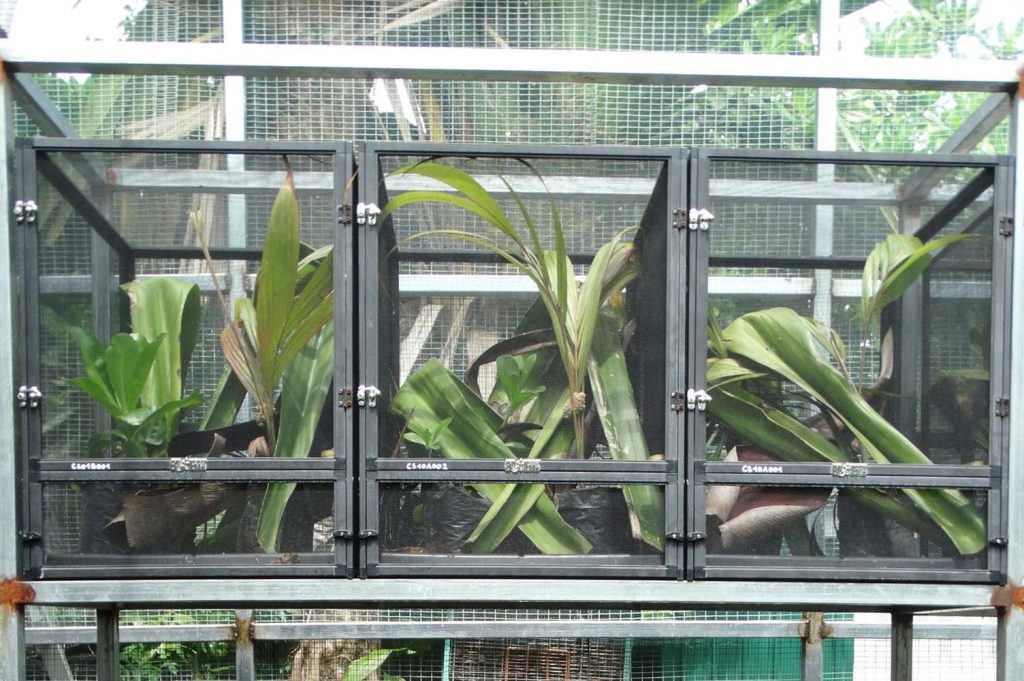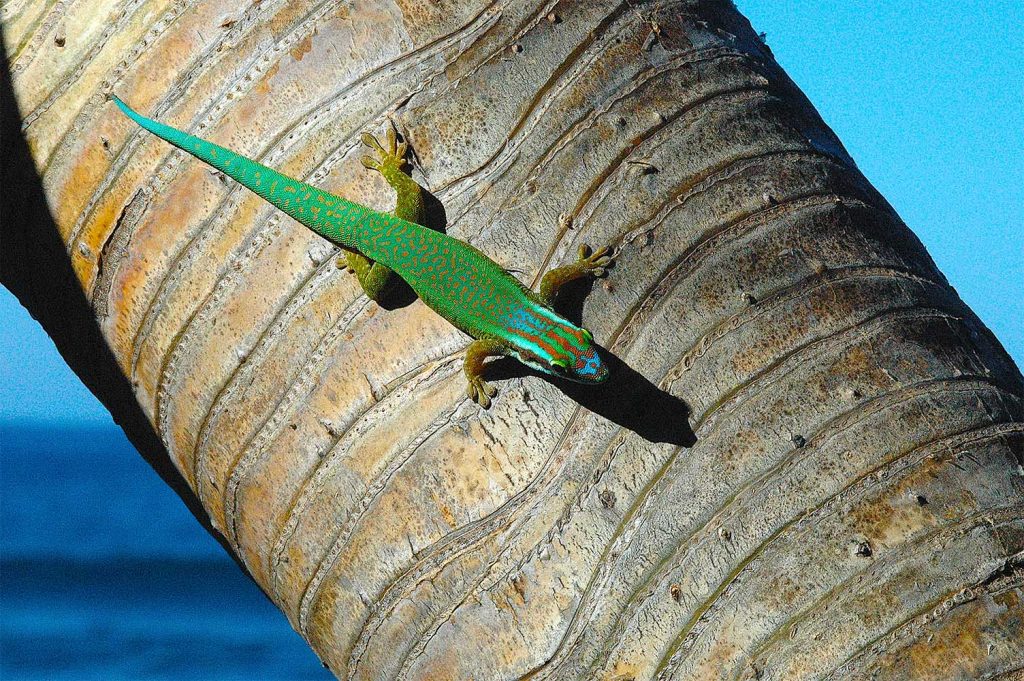
Rediscovering the Réunion Island Day Gecko
Emmanuel Van Heygen
The Reunion Day Gecko, scientifically named Phelsuma borbonica, is a medium-sized, vibrantly colored lizard that thrives in the lush landscapes of Réunion. This gecko demonstrates remarkable resilience and adaptability in the face of environmental changes and symbolizes the island’s rich yet fragile natural heritage.
Phelsuma borbonica is distinguished by its two subspecies; each adapted to different geographical regions of the island. The first subspecies, Phelsuma borbonica borbonica, predominantly inhabits the northern and eastern parts of the island, thriving in the lush, tropical environments. The second subspecies, Phelsuma borbonica mater, is primarily located in the southeastern part of Réunion, adapting to the unique ecological conditions of this region. This division reflects the gecko’s remarkable adaptability and the diverse habitats offered by the island.
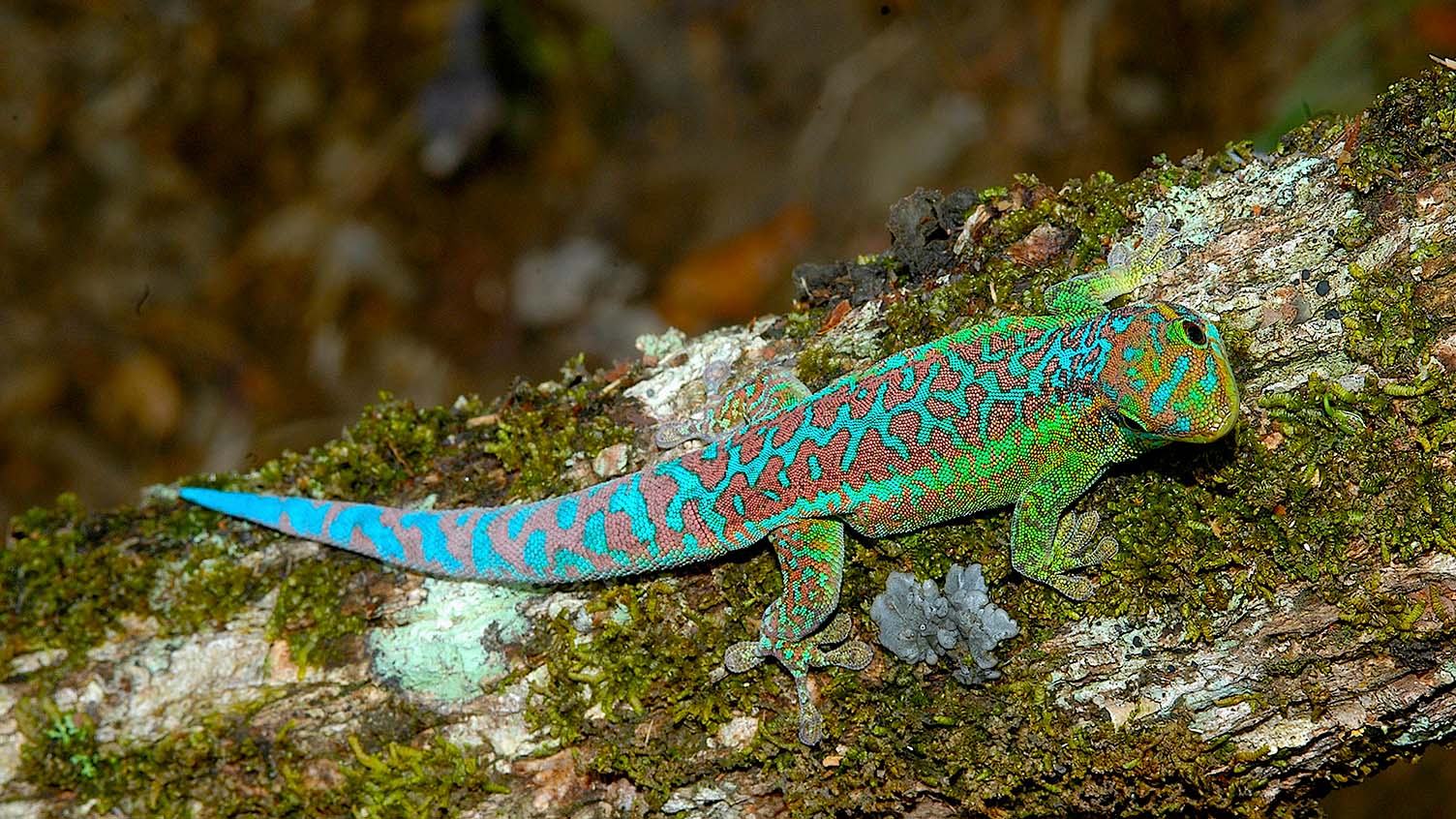

Phelsuma borbonica borbonica from the heights of St. Rose, Eastern Reunion
A Glimpse into their world
The Réunion Day Gecko is medium in size, typically reaching up to 18 cm in adulthood, with juveniles starting at less than 6 cm. Their striking color palette ranges from bright apple-green to a deep bluish tone, dotted with interconnected red spots across their bodies, making them a vivid spectacle in the lush backdrops of Réunion. These geckos are diurnal and heliophilous, basking in the daylight and retreating to the safety of trees or rocks as dusk falls.
They exhibit a fascinating range of behaviors, predominantly arboreal but occasionally venturing onto rocky terrains, showcasing their adaptability. The females of the species lay two white, hard-shelled eggs, often attaching them to sheltered natural surfaces where they can endure for decades, illustrating these creatures’ resilience and enduring nature.
The Réunion Day Gecko beautifully illustrates the complex relationship between biodiversity and habitat specificity. This gecko’s existence is closely tied to the island’s unique environmental conditions, which provide both refuge and challenges to its survival.
Réunion Island’s landscape is a mosaic of natural habitats shaped by its volcanic origins, varied topography, and distinct microclimates. From the coastal savannahs at low altitudes to the dense tropical rainforests that climb through the mid-altitudes and up to the mountain rainforests and montane ericoid vegetation above 2000 meters, each habitat supports the unique ecological needs of Phelsuma borbonica.
In the coastal and lowland areas, the gecko thrives in semi-dry and lowland tropical rainforests, where moderate to dense vegetation offers ample food and shelter. Yet, these areas face the greatest threats from human activities such as agriculture and urban development, which encroach on these vital habitats. Moving up to mid-altitude zones between 750 m and 1100 m, Phelsuma borbonica inhabits “transitional” forests that merge the characteristics of lowland and mountain forests, providing a critical buffer of relatively undisturbed habitat crucial for the gecko’s movement and genetic diversity.
At higher elevations, primarily above 1500 meters, the Réunion Day Gecko seeks refuge in the less disturbed environments of cliffs, rocky ridges, and the eroded volcanic features known as “cirques” and “ramparts.” These rugged landscapes offer crevices and rocky outcrops that are ideal shelters and breeding grounds protected from most human disturbances. Each elevation change on the island provides distinct but interconnected environments essential for the survival of this endemic species.
The Conservation Challenges of the Réunion Day Gecko


Phelsuma borbonica borbonica from Bois-Blanc, Eastern Réunion
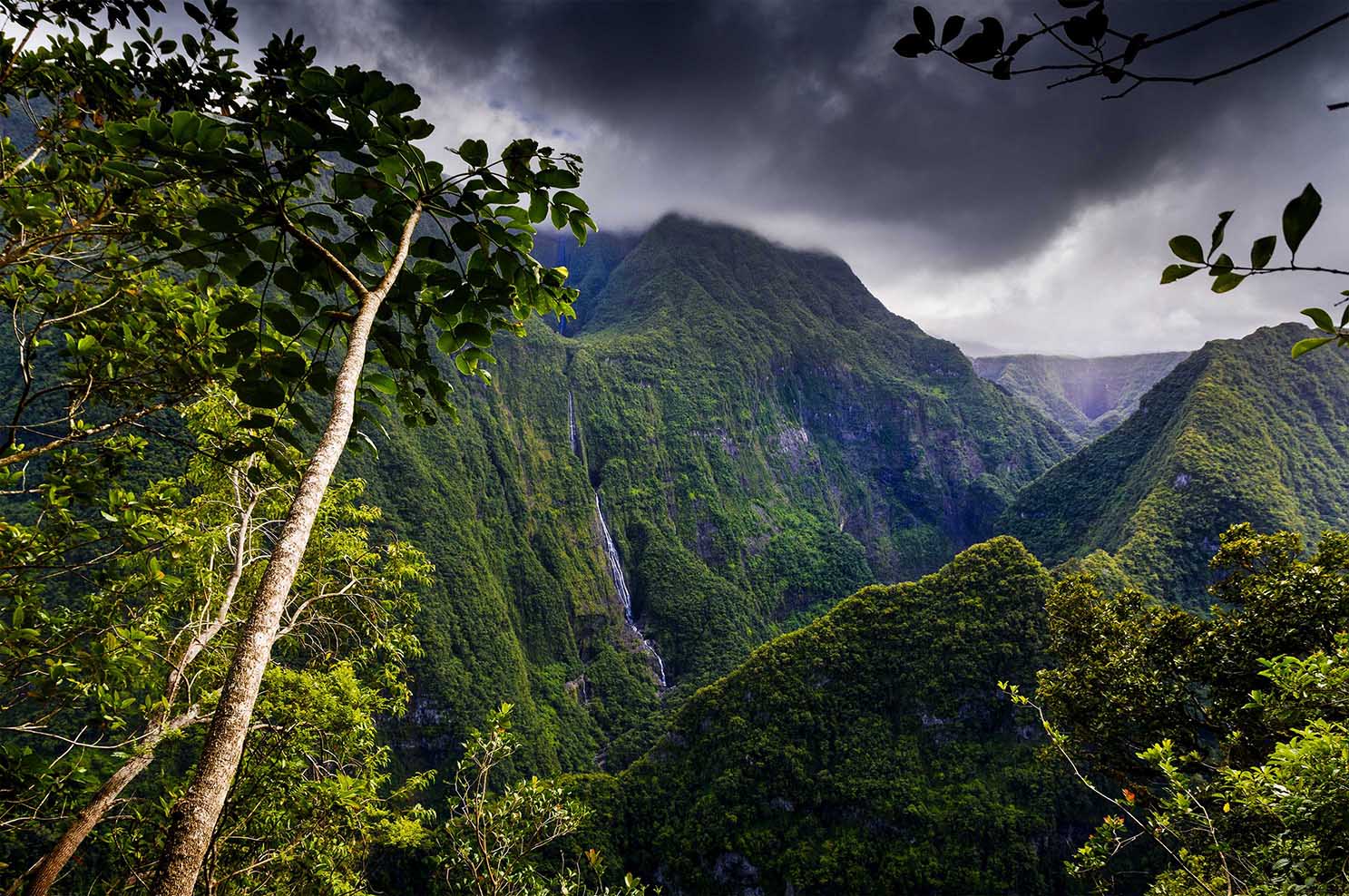

Takamaka Valley and mountains at Réunion Island
Emmanuel Van Heygen
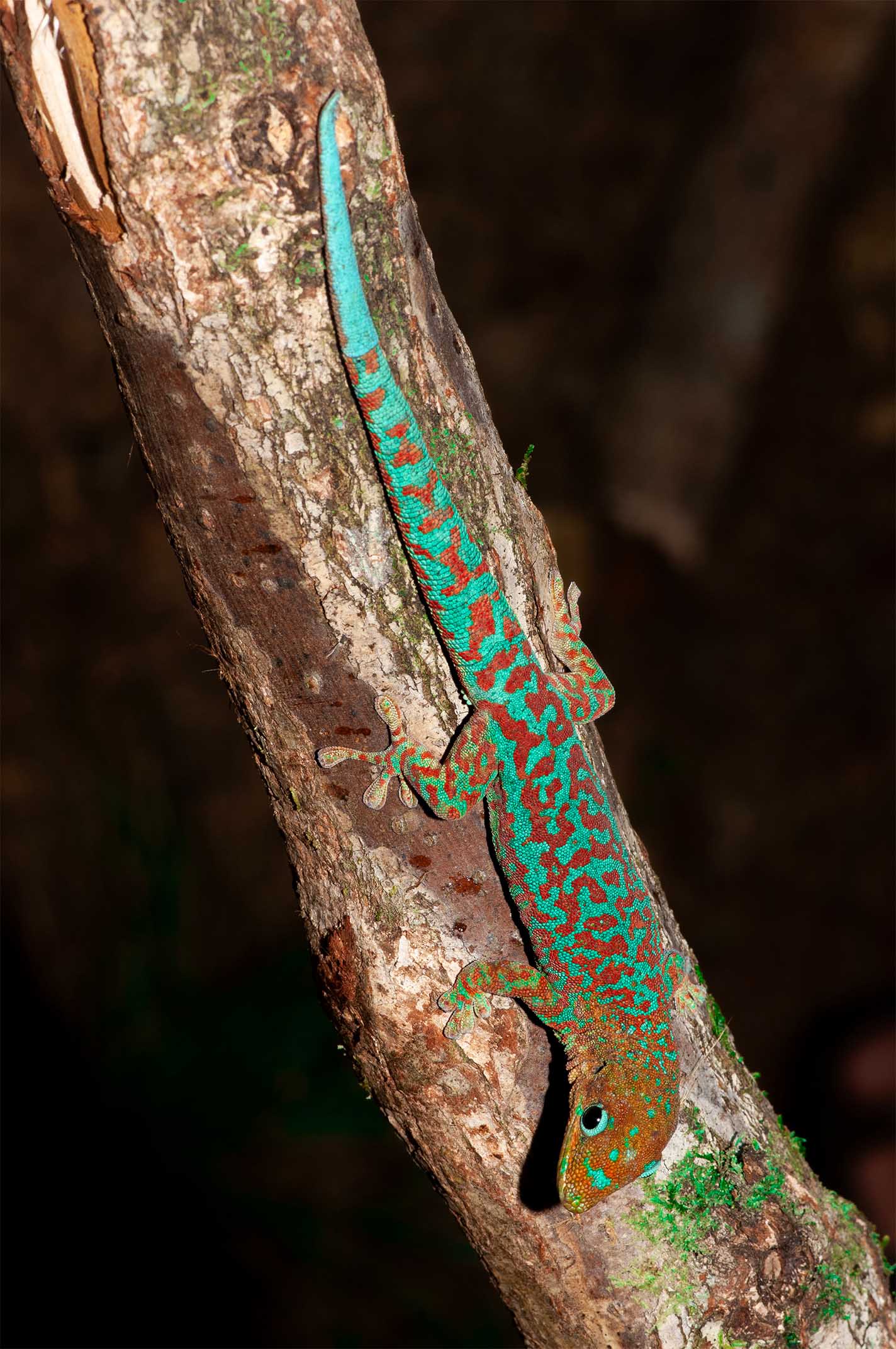

Phelsuma borbonica mater Basse Valleé, Southern Réunion
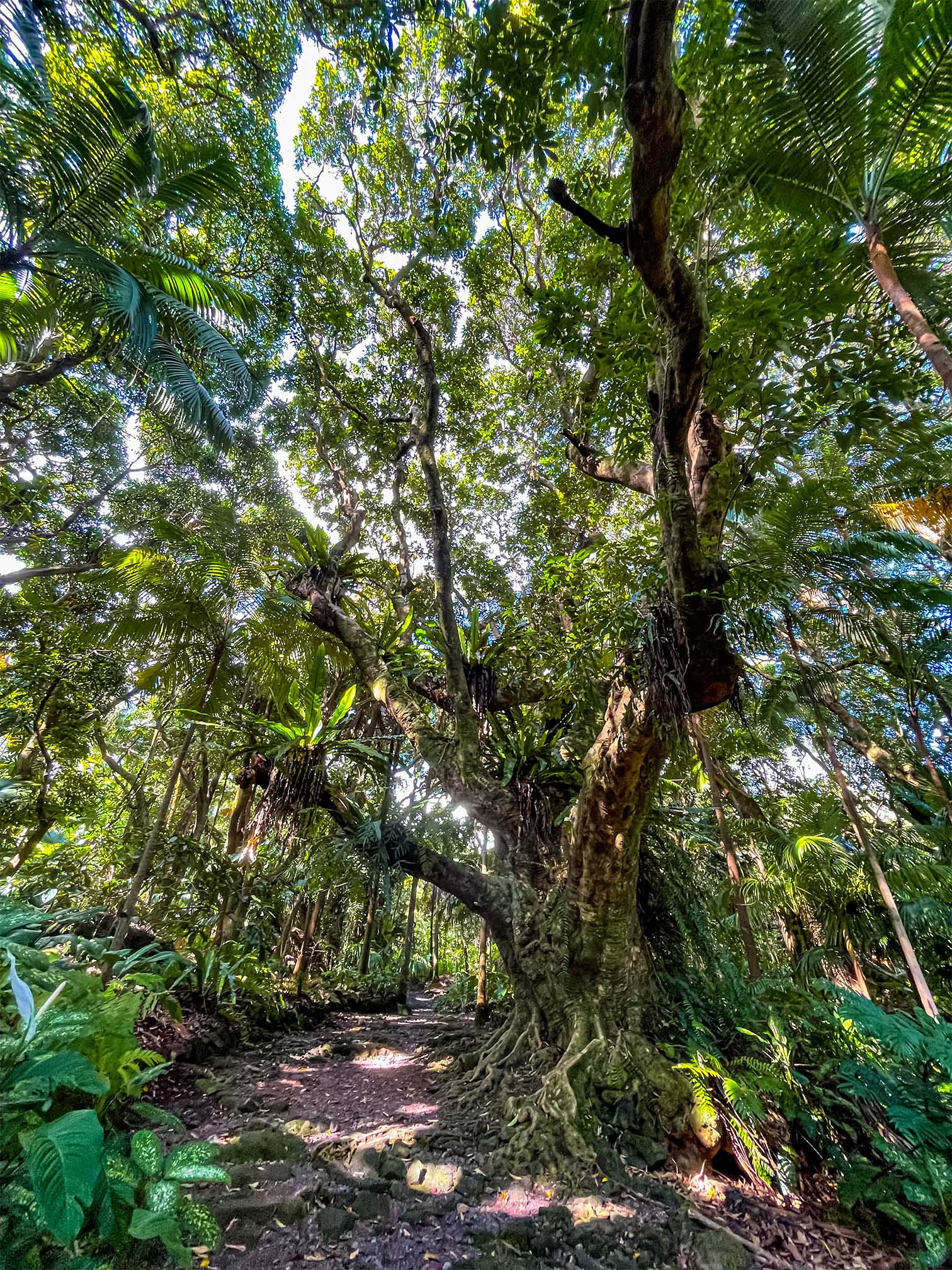

Typical habitat of Phelsuma borbonica borbonica in the lowland forests
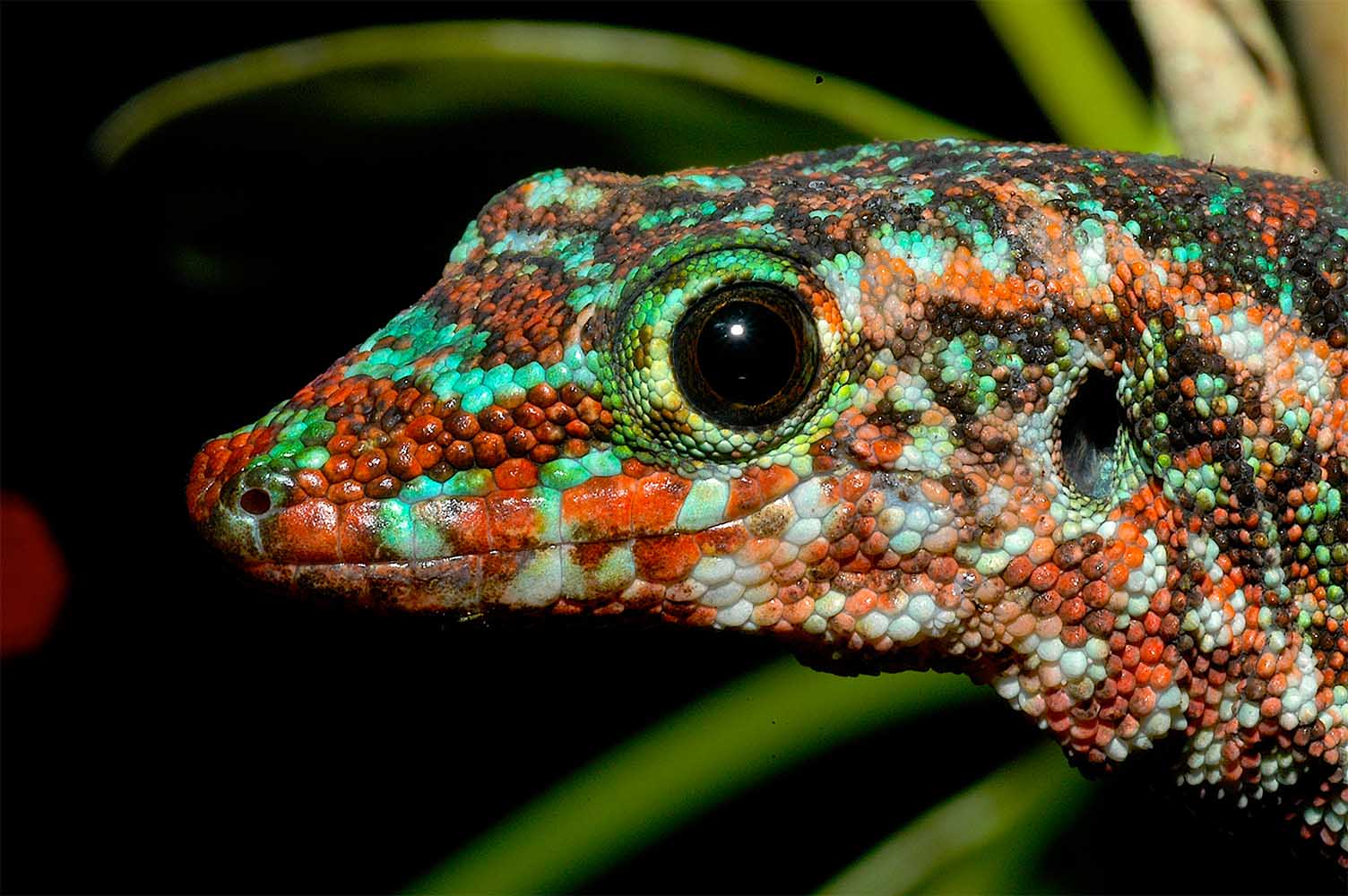

Phelsuma borbonica borbonica from Le Brûlé, Northern Réunion
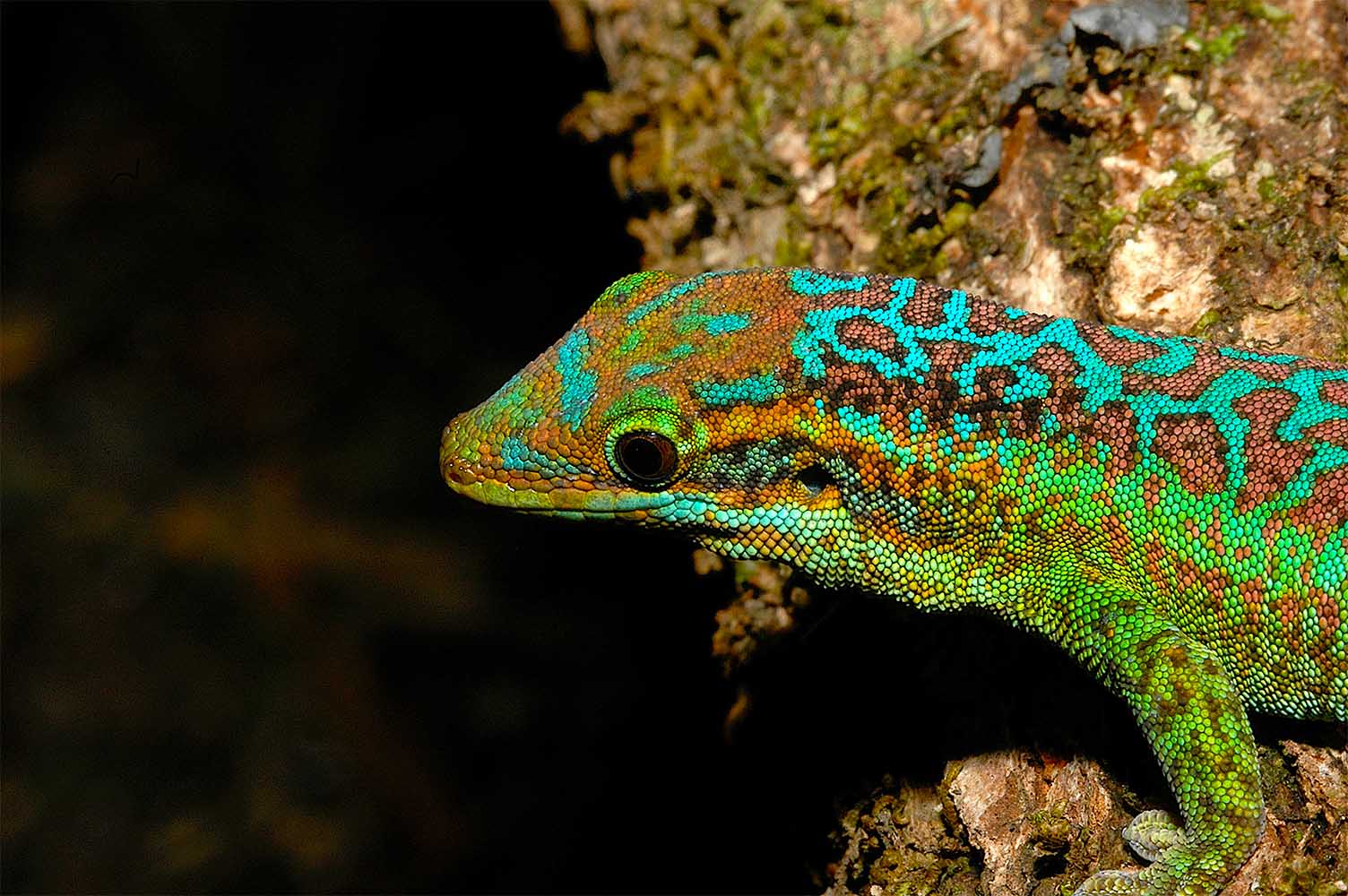

Phelsuma borbonica borbonica Föret Du Cratere, Eastern Réunion


Phelsuma borbonica mater from Basse-Vallée
Réunion Island Journals
A lifeline for the Manapany day Gecko
Amidst the lush landscapes and dramatic coastal cliffs of Réunion Island, a small, vibrant gecko clings to survival in a world reshaped by human influence.
Protecting the Legacy of Réunion Island’s Day Geckos
Both species highlight the ongoing conservation challenges in preserving the unique habitats of Réunion Island. Protecting these geckos involves a comprehensive approach that includes habitat conservation, public awareness, and scientific research to understand better the ecological needs and behaviors of these vibrant reptiles.
The Unique world of the Manapany Day Gecko
Amidst the lush landscapes and dramatic coastal cliffs of Réunion Island, a small, vibrant gecko clings to survival in a world reshaped by human influence. The Manapany Day Gecko or Phelsuma inexpectata is endemic to Réunion and cloaked in mystery, its original natural distribution obscured by centuries of human activity and a presumed shrinkage from much of its original territory. Today, this elusive creature's presence remains a patchwork of fragmented habitats, primarily clinging to the southern coastline within a mere 100 meters of the sea.
Stay up on all things exo terra.
"*" indicates required fields

